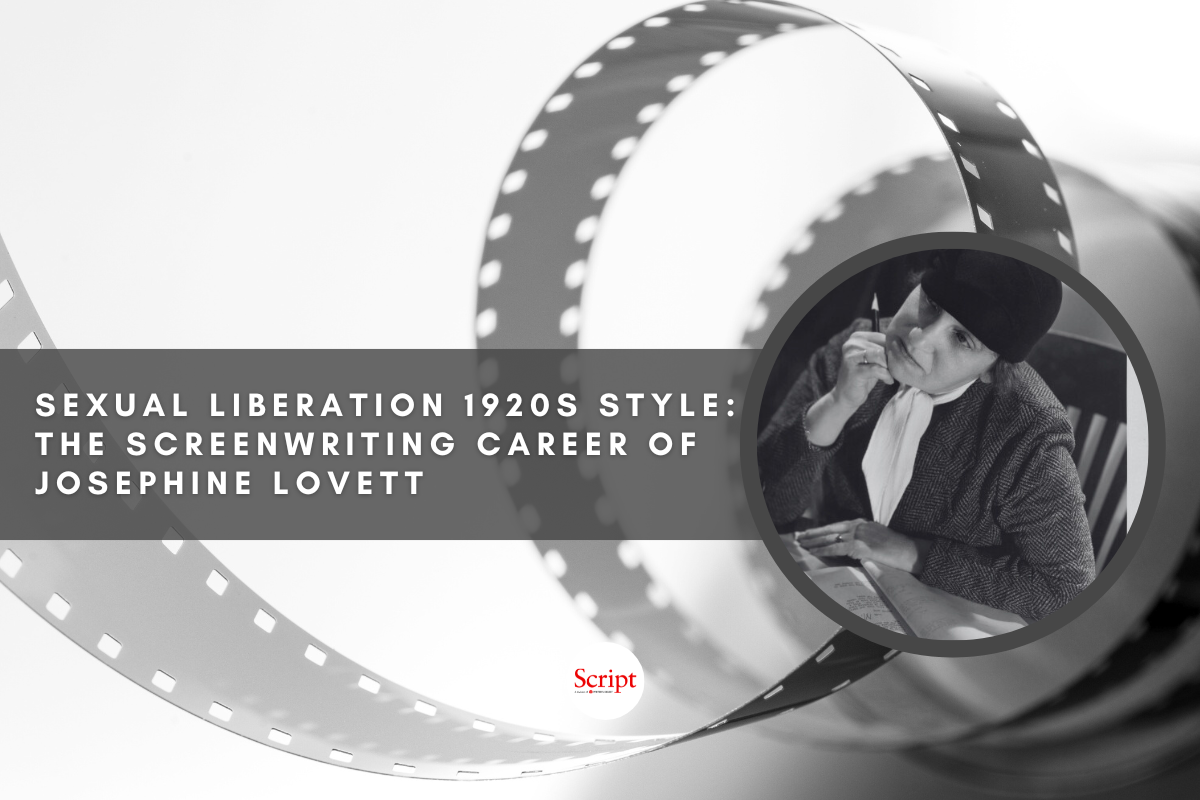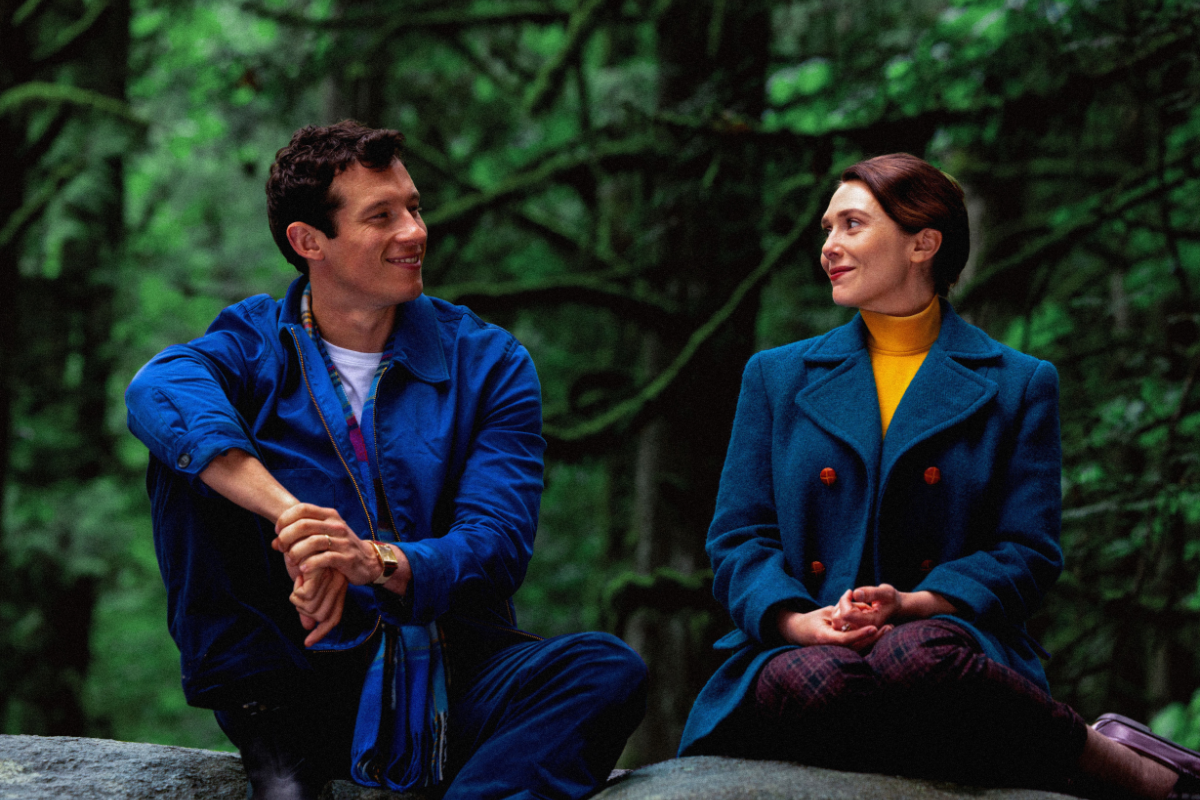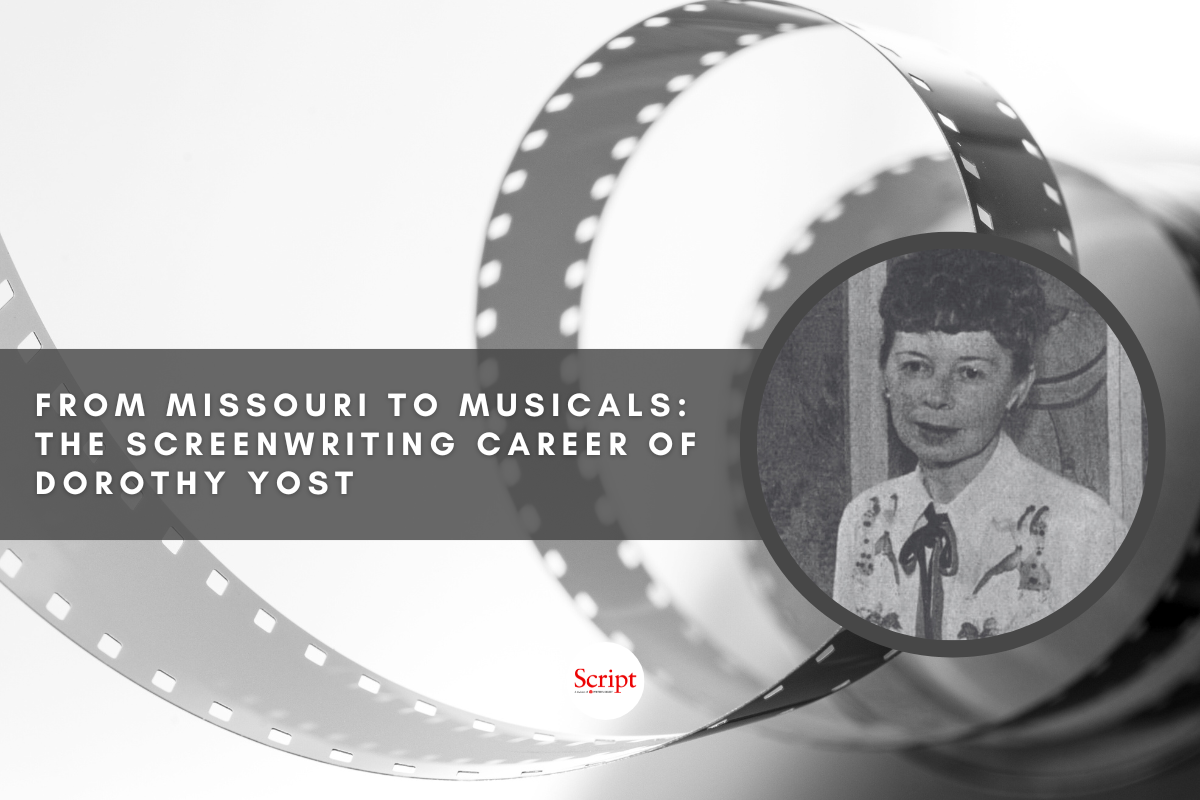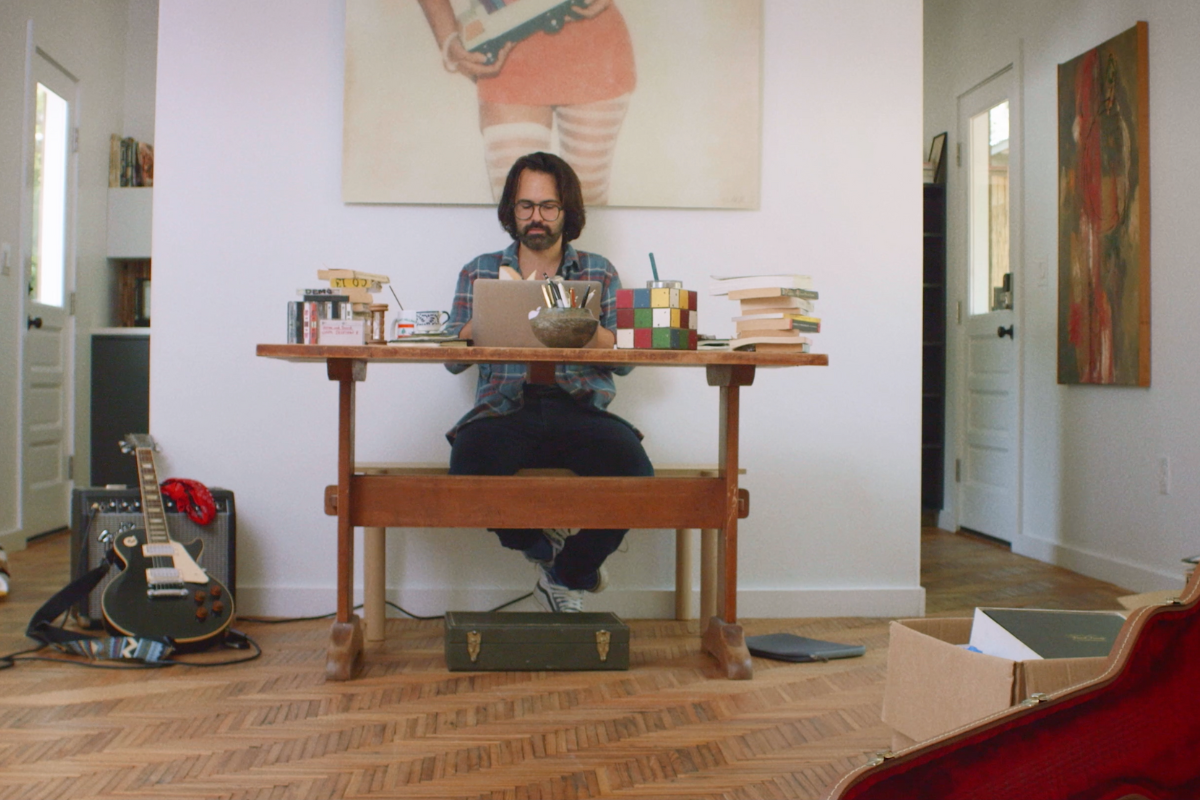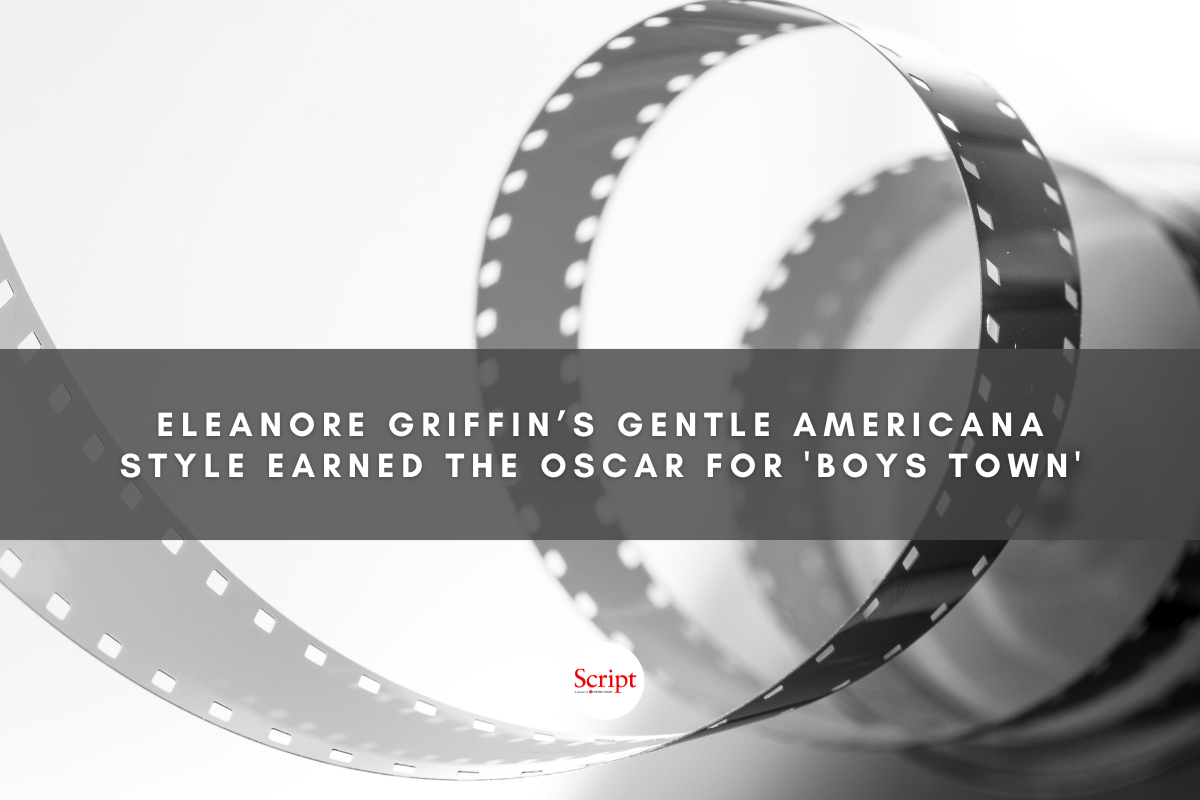Honoring and Keeping Black Images Alive: A Conversation with Film Historian and Author Donald Bogle
Donald Bogle speaks with Script Magazine about his career, his writing, and Black characters in cinema and television.
On April 15, 2023, prior to a screening of Carmen Jones (1954), film historian, author, and teacher Donald Bogle was presented with the 4th Annual Robert Osborne Award at the 14th Annual TCM Film Festival. Previous recipients include Leonard Maltin, Kevin Brownlow, and Martin Scorsese. Donald has had a relationship with TCM since 2006, when he co-hosted the 38-film series Race and Hollywood: Black Images on Film with Robert Osborne. He’s contributed to TCM and the festival in various ways ever since.
Donald is a walking encyclopedia of film knowledge but in particular of Black film and television history. The Philadelphia native is the author of nine books, including the award-winning Toms, Coons, Mulattoes, Mammies, and Bucks: An Interpretive History of Blacks in American Films (1973) and Dorothy Dandrige: A Biography (1997), which was optioned by Whitney Houston. He cut his teeth in journalism working for Ebony Magazine in Chicago and even had a stint working for legendary director Otto Preminger. He’s had an illustrious history with the written word, particularly as it pertains to keeping Black film and television images alive for current and future generations to appreciate.
Donald took the time to sit down with Script Magazine at the Hollywood Roosevelt Hotel, the hub of the TCM Film Festival, and was gracious enough to answer a few questions. Along with his cool shades, he had a warm demeanor.
What piqued your interest in film history?
I had asthma as a kid and couldn't go out. I would watch TV and see old movies, even though we didn't have TCM then. I was always intrigued when I saw a movie with a Black performer. There might be a Jack Benny movie with Eddie ‘Rochester’ Anderson. It might be the old Charlie Chan movies with Mantan Moreland. Or the Shirley Temple movies with Bill ‘Bojangles’ Robinson. I became curious about the Black performers and why the movies weren't about them. That's how it really started.
In your book Toms, Coons, Mulattoes, Mammies, and Bucks: An Interpretive History of Blacks in American Films, you said there are six stereotypes involving Black characters?
I say there are basically five but there are offshoots of them. What was the sixth? The Brute?
Yes!
It's still part of the Buck. These five types are what I derived as I was researching my first book and seeing a lot of movies and making a lot of notes. When I was getting through the first draft ...even before that....I realized that there were different characteristics for Black characters. It wasn't all just one thing. There would be the noble ones that stood by the sides of their white masters. There were comic caricatures. There were coons. The tragic mulattoes. I realized that and as I was going back through the manuscript, as I continued to write, I felt it was important to explain that and that these stereotypes existed, but it wasn't just one flat stereotype. With the mammy character, there was also an offshoot....the Aunt Jemima. I came up with the five basic types that were in our film history.
Was that your first book?
My very first book. I didn't know how I was going to get through it. I'll tell you how it came about. I had been at Ebony Magazine in Chicago. I was very young. I'm from Pennsylvania. I didn't like Chicago.
Awww. That's my hometown!
I love it now when I visit. I contacted different publishers about doing this book. I contacted five. Four of them rejected it. The fifth one said they didn't think it was right for their house but thought I should investigate another one that it might be right for. And I did. That house was Bantam Books, which at the time was a paperback house. They were signing up books which they then sold to hardback for the initial publishing. I met with people from Bantam, and I gave them my proposal. It really wasn't even a proposal. It was more like an outline that a college student would have...! I gave them that and they somehow had confidence in me. I got an advance, I left Chicago, and went to New York. That's how it came about.
What do you think is most important about preserving and promoting Black film and television history?
We can't just dismiss the past and think everything is happening now. To have that sense of history, you have a richer, fuller sense of movies, culture, and the shifts that come about in different eras. Movies are always tied to the political and social atmosphere when they're released.
What era do you think had the most negatives images of Black people?
That's hard…! I would say some of the silent films. D.W. Griffith, 1915, The Birth of a Nation. That was a film that is considered a technical masterpiece and it is as far as advancing the language of cinema, but I don't particularly care to see it again and I've seen it more than once. But that one I just find so vicious and blatantly racist. The major Black characters are played by whites in blackface. You have real Black people in smaller roles. That makes it that much more grotesque. I'd say the silent period was a pretty tough period since people were still wearing blackface. Then it shifts when sound comes in. Sound presented a different sort of realism so real Black actors and actresses get a chance in sound.
In reference to your book Primetime Blues: African Americans on Network Television, I read one of your interviews where you said TV lags behind in portraying the reality of Black people. Do you think that's still the case?
At first it did because initially when TV was becoming this potent cultural medium in the late 40s and 50s, you had shows like Beulah, which came from radio. It's about a Black maid working for a white family and she's content. And there was Amos and Andy. And then it continued with servant roles. But in the 1950s in movies, there is a shift. You're getting Dorothy Dandridge in Carmen Jones and Sidney Poitier in No Way Out. He also does The Defiant Ones and Edge of the City. Movies are moving along. They're not perfect but they're moving along.
Television is lagging at this time and for a long time the way that people controlling it felt most comfortable with Black images in a weekly series was in a sitcom. You really didn't even have dramas. I don't think it lags so much now because it's far more competitive. There were four networks in the beginning. The Dumont, CBS, NBC, ABC. The Dumont network fell by the wayside. You had those three that dominated for decades. Now you have other things and with streaming and so forth. you're getting other types of images on TV.
Do you think that film and television are embracing a broader image of Black people?
Yes. You have people behind the camera, the writers and the directors, who are crafting things. They still have to deal with the power structure in Hollywood, whether it’s a network or streaming platform...but you're still getting something else, something new, because they're bringing things about their own experiences in terms of language and situations. It's not perfect, but we're moving and that I like.
What made you decide to do the Dorothy Dandridge book?
I had grown up hearing my parents talk about Dorothy Dandridge and I was curious about her. I didn't see Carmen Jones when it came out, but I saw it at a young age, and I was struck by her and the Black cast. You have Harry Belafonte, Pearl Bailey, Olga James, and a nineteen-year-old Diahann Carroll…and this energy and this rhythm that was in that film. Then you have Dorothy at the center. I was transfixed by her, intoxicated.
I’d wanted to do a bio on her for a long time. Publishers in New York were not interested because Dorothy Dandridge had been erased in the cultural mainstream. She wasn’t like Marilyn Monroe, though they both had tragic lives and deaths. They didn’t really know her. But in the Black community, just as my parents talked about her, her name was alive.
Finally, what happened was I got a terrific agent. I’d written something else; it was like a proposal. My agent kept saying she was going to find a publisher. I just forgot about it. There was a Black publishing house being established, Amistad, which is still in existence. She went to its publisher, and he knew Dorothy Dandridge and he said, ‘This is the book we’re waiting for!’ Then I signed to do it. I worked on the book for about five and a half or six years. It was a real process. I came to L.A. during the summers and sometimes the middle of the year and I’d interview people who knew her. I’d also briefly worked for Otto Preminger, who directed Carmen Jones and who was involved with Dorothy Dandridge.
What kind of insight was he able to give you about Dorothy?
I remember at the end of the first day of working with him, he had his assistants come in and we sat around his desk. He was sort of holding court. There were three of us sitting there and he said to me, ‘Well, Mr. Bogle. Do you have any questions?’ And I said, ‘Can you tell me something about Dorothy Dandridge?’ He was really taken aback. Do you know one of the first things he said, and I hadn’t asked him about this, was ‘I’m convinced she took her own life.’ I asked him some other questions then we talked.
When I was no longer working with him and I was working on Tom’s, Coons, I contacted him about an interview about her. He said yes. Then I got more information. That was for my first book, but I got all of this great info that I held onto. He talked to me about her. He never said they were lovers. He didn’t have to. I knew. But he said I should talk to her sister, Vivian Dandridge. She was in New York. This was a great gift he gave to me. He knew she was going to say things that he wasn’t saying. I contacted her. At first, she wasn’t going to see me. She called him and he told her she should. She talked to me, and we stayed in contact.
Do you have a particular research process you use in general, or does it vary by project?
The real thing I do, except with ‘Dorothy’, is procrastinate! [laughs] That’s part of the process until I realize I have to get on the case and then I start. I have very odd hours. I’m up very late and I don’t get up early. When I get up, I do a kind of meditation. Then, if I’m writing, I start writing. Otherwise, I start the research things I need to do. I used to do a lot of research at the Schomburg Center in NYC and at the Library of Performing Arts at Lincoln Center. That’s a basis, foundation. Then I incorporate interviews. Then I start writing.
Do you think that blaxploitation cinema helped or hurt Black images?
It’s a mixed bag. In the 20s, 30, and 40s, there had been the ‘race’ movies, Black cast movies made for Black audiences. Oscar Micheaux and Spencer Williams movies. When you get to blaxploitation, they were also made for Black people. That was the market.
The three directors that set the stage before it really became known as blaxploitation were Melvin van Peebles with Sweet Sweetback’s Baadasssss Song, Gordon Parks Sr. with Shaft, and Gordon Parks Jr. with Superfly…those films are saying something else. If you look at the opening of Shaft, it’s in Times Square in New York. You see Richard Roundtree in that leather jacket, coming up from the subway. It’s like...this is something that’s been underground and we’re coming up now. And he goes against traffic. They took the Buck type, reconfigured it, and politicized it, which was important.
Blaxploitation didn’t last long. Later, the power structure, the people who were controlling things, made films that just weren’t what they should have been. It did leave a mark, though, and it influenced people like John Singleton, and I’d say even Spike Lee, who’s not that fond of some of them. So, it was important in that way.
Do you teach?
I teach in the fall. I give an annual seminar at the University of Pennsylvania in Philadelphia. On a Monday. I take a train into Philadelphia and walk a mile to campus. I show a film every week. I’m there for about five hours. Then I go back to New York and then the next day, I’m at NYU’s Tisch School of the Arts.
I find it fascinating the way a new generation is looking at things. Students in the past, particularly Black students, would have information in their heads, even if it was from a parent. That is not the case anymore. Now, they only know about now. This is true of the Black and white students. There’s so much happening now, they really don’t have a sense of the past. They come to the class, and they’re amazed. Their analysis is excellent, though. They’re really able to dissect a film.
Learn more about the craft and business of screenwriting and television writing from our Script University courses!
Sonya Alexander started off her career training to be a talent agent. She eventually realized she was meant to be on the creative end and has been writing ever since. As a freelance writer she’s written screenplays, covered film, television, music and video games and done academic writing. She’s also been a script reader for over twenty years. She's a member of the African American Film Critics Association and currently resides in Los Angeles.


